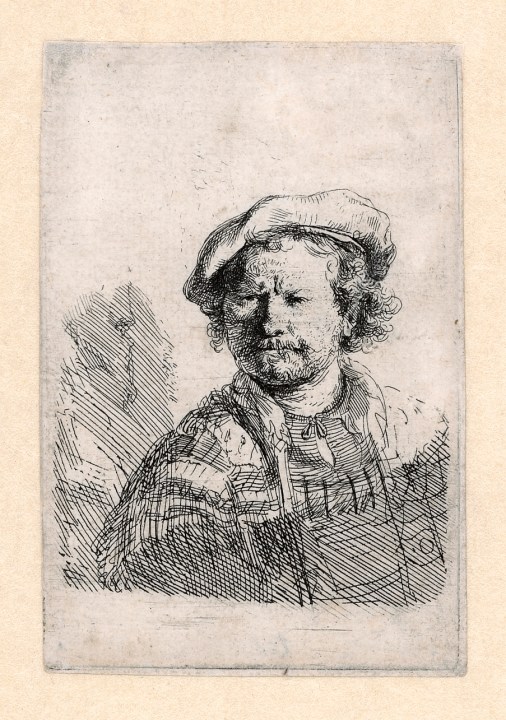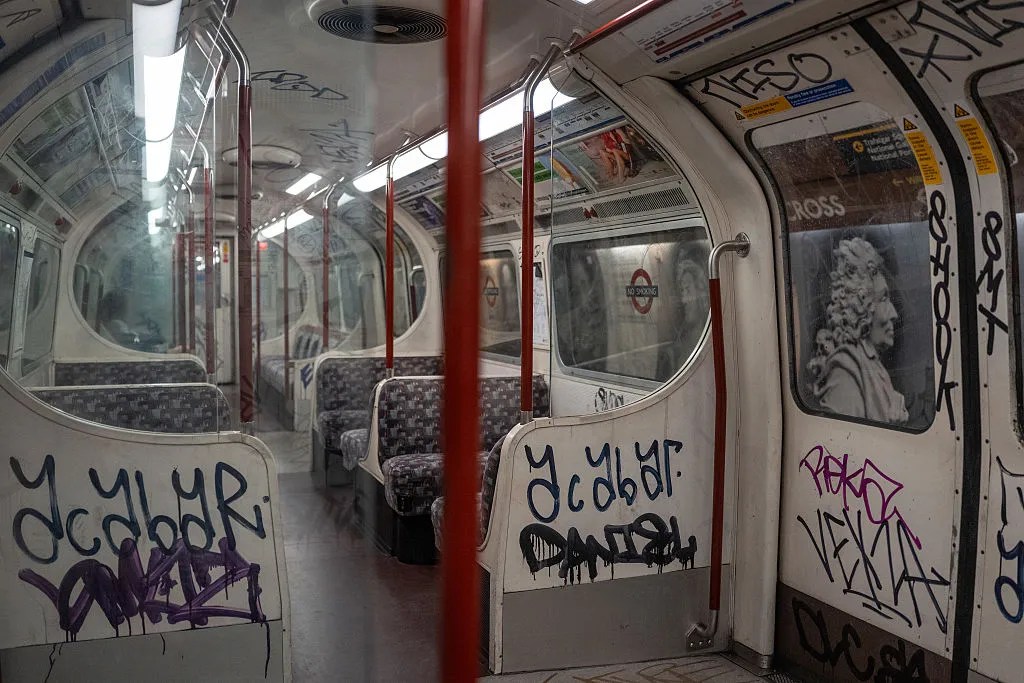Rembrandt was ‘largely self-taught as a printmaker’, according to Epco Runia, head of collections at Rembrandt House Museum. ‘[He] learned by looking at examples and simply trying things out,’ Runia writes in the guide that accompanies this fine show (which will travel to Charleston in October and Cincinnati next winter). Etching had only been around for 100 years or so when Rembrandt took the medium up at the age of 20. But once he’d begun, he barely stopped. Rembrandt: Masterpieces in Black and White at Birmingham Museum and Art Gallery is a celebration of a lifetime of innovative and increasingly refined work with plate, needle and acid.
In Amsterdam, where he made his name, the etchings had three main consequences for Rembrandt. Financial: they sold extremely well, being less expensive than his paintings though just as highly prized. Artistic: it encouraged him to collect and study the prints of the Old Masters, which then fed into his plates – he reworked them, revising earlier scenes, experimenting with freer lines and different methods of hatching. And personal: the show suggests the turn to landscapes in his etchings – inspired by his walks around Amsterdam – was ‘a remedy’ after his wife died. By his own death, they numbered about 300. We get 58, most on loan from the Rembrandt House Museum: they invite us to explore why these works became some of the most sought after – in any medium – of the Dutch Golden Age.
Though you’ll mostly find biblical stories jostling with portraits of beggars and gypsies, the first print is ‘Self-portrait, Wearing a Flat Cap’ (c.1642): weathered face, brow ever so slightly cross, beard unkempt, his eyes looking fixedly into the distance. The bright bounce of the lines here contrast with the soft-as-fur drypoint of the curled-up subject of ‘Sleeping Puppy’ (c.1640). In ‘Beggar with a Wooden Leg’ (c.1630) it’s difficult not to be drawn in by the look of anguish, the man swaddled in layer upon loose layer of fabric. A standout early work is ‘The Rat-Poison Peddler’ (c.1631), which stages the beginnings of a confrontation between street vendor and homeowner, rodents on the ground and in the air.
In a section entitled ‘Light and Dark’, the effect of the acid is clear. How ‘The Night Watch’ (1642) subordinated the individuals to the action of the group has been widely noted. The intent feels the same in ‘The Star of the Kings: A Night Piece’ (c.1651). We can just about make out the faces of a few of the men and women who have gathered outdoors to mark Twelfth Night, the only source of light amid the inky blackness a star-shaped lantern to the centre-right of the scene. The rest is all shadow and faintly emerging outline. There’s a tangibility to all his etched subjects. In ‘The Return of the Prodigal Son’ (1636) you can sense the tightness of the clasp of the bending father and kneeling child.
The final sections put Rembrandt in various dialogues: with European etchers of his era, with the men from the 19th- and 20th-century that he inspired, and with Midlands-born artists Raymond Cowern (1913-1986) and Harry Eccleston (1923-2010). Their success is mixed. The work of the homegrown pair captures well the rural and industrial heritages of their birthplace, with Eccleston directly acknowledging the Dutchman in the subtly executed ‘Rembrandt’s Mother’ (1947). But how James McNeill Whistler drew from Rembrandt in ‘Annie Seated’ (1858), which depicts his niece, warrants more explanation. Better works here include Picasso’s ‘Rembrandt and Heads of Three Women’ (1934), whose clipped, curled markings depict the artist with great character, and Francis Seymour Haden’s ‘Sunset on the Thames’ (1865), in which you watch the light receding and splayed across the sky like a fan.








Comments